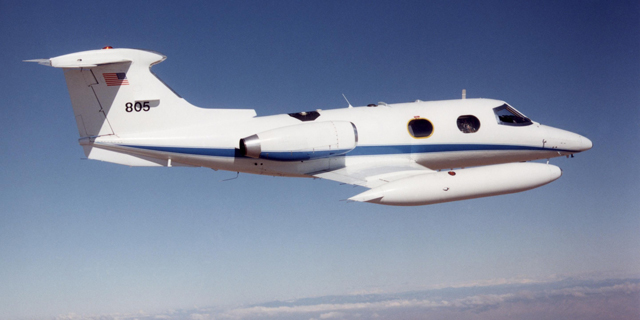What Is a Stick Puller?
The following FAQ comes from the APS Online Academy Course High Performance Jet Operations:
Q: A stick puller? There is no such thing as a stick puller!

Answer:
I’m not surprised that you haven’t heard of a Stick Puller. There probably isn’t an aircraft currently in production that still uses such a device, although fly-by-wire aircraft perform this same function in a way that is totally transparent to the pilot. Knowledge of why Stick Pullers were used in the past is very helpful for understanding certain aerodynamic principles that apply to high performance jet operations, and even more so in an aircraft upset event.
First, let’s get to the definition of what a Stick Puller is. Here are two references. Fortunately, they are consistent:
“A device that applies aft pressure on the control column when the airplane is approaching the maximum operating speed.” (Dauntless)
You can see the same definition is used by the FAA in their glossary (page G-16).
The need for a Stick Puller is based on the fact that beyond critical Mach (Mcrit), a shock wave will begin to form on the top of the wing (generally about the 25% chord point) at transonic speeds as airflow is accelerated (above around .72-.75M). As the aircraft accelerates beyond Mcrit the shockwave changes in two ways. First, it becomes stronger, creating greater boundary layer separation aft of the shock wave. Second, and more important in regard to our need for a Stick Puller, the shockwave moves aft with increasing Mach number. This aft movement of the shockwave causes the Center of Pressure (or Center of Lift, from a pilot’s perspective) to move aft. This creates a nose down pitching moment, which would cause an aircraft to accelerate further, making the situation even worse.
In the situation described, the unstable relationship of the airplane going too fast pitches the nose down, making it want to go even faster. This is the phenomenon of Mach Tuck. Without intervention, this has an inevitably bad outcome (more on that later) if not for our all-important Stick Puller. Because the nose-down pitching moments could become so severe they could become unrecoverable, the Stick Puller springs to life above some specified Mach number determined in flight test, preventing the aircraft from pitching down further and exceeding Mmo or Mdive (typically 10% above Mmo).
Now it’s fair for you to ask, “If this Stick Puller is so important, how come I’ve never heard of it before?” Well, it’s because it is not too difficult to plot the nose down pitching moment vs. Mach number. Once this relationship is identified, it’s pretty easy to program aircraft trim to compensate for this phenomenon, which is called Mach trim. Mach trim is now incorporated on most transonic swept wing jet aircraft making the Stick Puller somewhat obsolete.
The most common aircraft to utilize the Stick Puller were the 20 series Learjets. In fact, they had several accidents involving so-called “go fast switches” that illegally cut out the Mach overspeed warning and disabled the Stick Puller, leading to loss of multiple aircraft. Lear began incorporating Mach trim with the 30 series Lears (the Lear 31 and 35).
Answer provided by Randy Brooks, APS VP Training and Business Development




Comments: